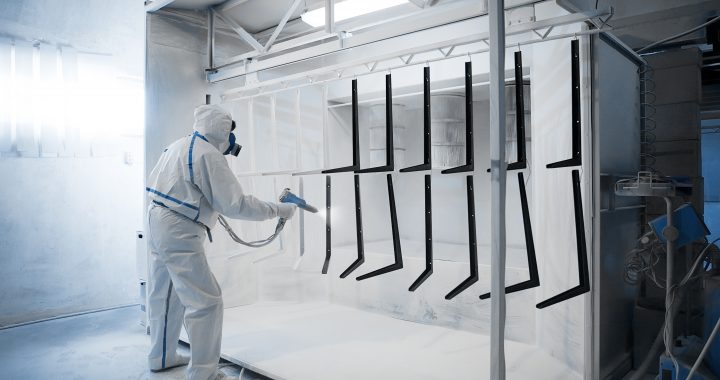Ever-changing regulations certainly keep engineers on their toes and companies scrambling to remain in compliance. The latest example is the addition of 1-bromopropane (1-BP), also known as nPB, to the Clean Air Act (CAA) List of Hazardous Air Pollutants (HAP).
Which industries are impacted by 1-BP’s addition to the CAA HAP?
The chemical is a solvent used in metal cleaning, electronics, dry cleaning, adhesives, surface coatings, and as an intermediate chemical in the manufacture of pharmaceuticals and agricultural products, so the inclusion on the CAA list is sure to impact numerous industries. According to EPA’s Toxic Release Inventory Explorer tool, industries categorized under the following Standard Industrial Classification (SIC) codes ranked in the top five for 1-BP releases in calendar year 2020:
- SIC 332 – Fabricated Metals
- SIC 331 – Primary Metals
- SIC 336 – Transportation
- SIC 334 – Computers/Electronic Products
- SIC 562 – Hazardous Waste
Industrial activities that fall under any of the above-listed SIC code should be carefully reviewed to determine whether air permitting activities need to be updated to reflect the 1-BP categorization as a HAP.
How was 1-BP’s addition to the CAA HAP determined?
1-BP was added to the HAP list effective February 4 of this year, but the process to make this change began more than five years ago. The EPA determined 1-BP was at least worth a consideration as far back as 2015 following multiple petitions. This prompted numerous scientific studies and a public comment period. In 2017, prompted by evidence of the carcinogenicity and toxicity of 1-BP EPA determined 1-BP to cause adverse effects to human health and issued a draft notice of its rationale for granting petitions to add it to the CAA list. The final notice granting the petitions was published in the Federal Register in June of 2020, and by the end of last year, the EPA issued the final rule, which was then published in the Federal Register on January 5, 2022.
What are the implications of this rule change?
Unfortunately, it’s not entirely clear how facilities are meant to respond to this rule change. The EPA is working on a rule to address impacts, implications, and requirements associated with the addition of 1-BP to the HAP list. That rule is expected to be proposed for public notice and comment this year, with finalization expected sometime in early 2023. For now, the EPA has released guidance for potentially impacted industries on how the agency will exercise its discretion in implementing the provisions concerning the addition of 1-BP.
The implications of the change are significant. Hazardous Air Pollutants are essentially counted twice in air permitting, because they are limited individually (by the chemical) and as a group (total HAPs). Exceeding the major source limits for either individual HAP or total HAP may result in a facility being designated as a Title V facility. Facilities that are caused to become a major source of HAP under this new rule will be subjected to Title V requirements for major sources and will also need to comply with National Emission Standards for Hazardous Air Pollutants(NESHAPS).
Facilities who may become a major source because of 1-BP are not without options. They can reduce or replace 1-BP usage at their facility, or obtain a permit containing enforceable restrictions to reduce its “potential-to-emit” below the major threshold.
Fortunately, EnSafe’s clients are never left to navigate this complex regulatory environment on their own. If your company is potentially impacted by this change, please contact EnSafe today to help evaluate your CAA compliance options.
